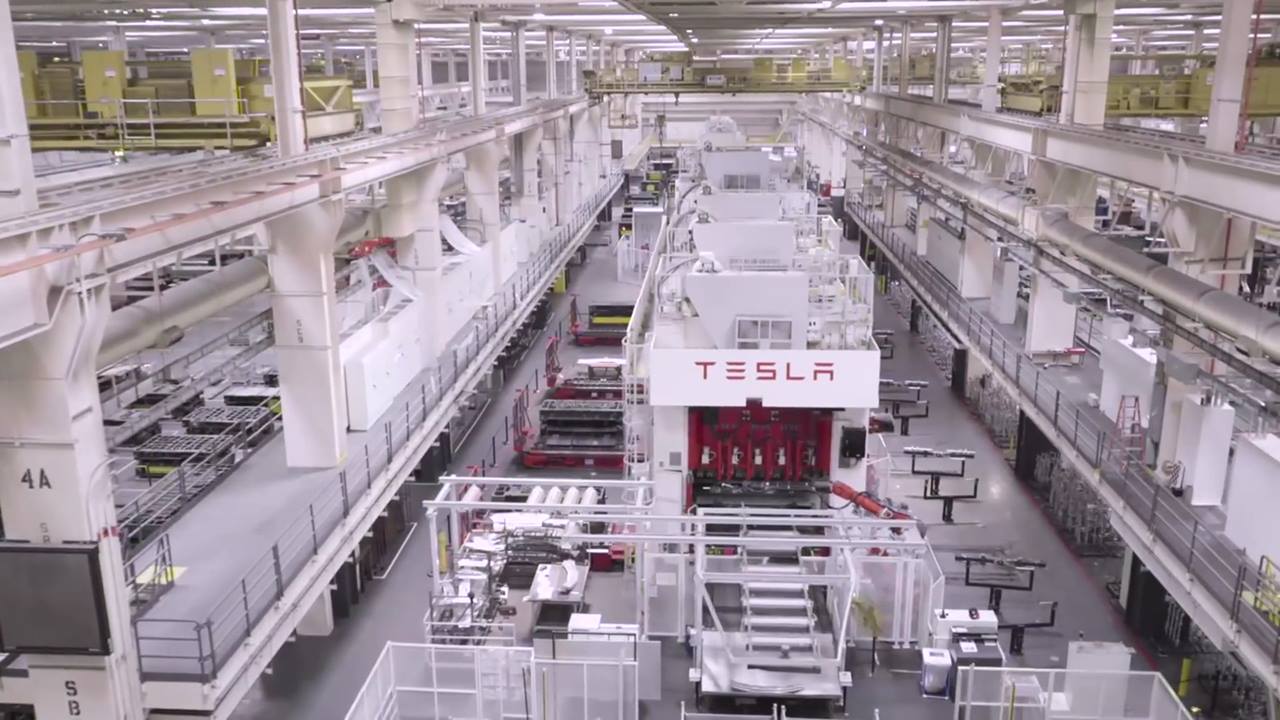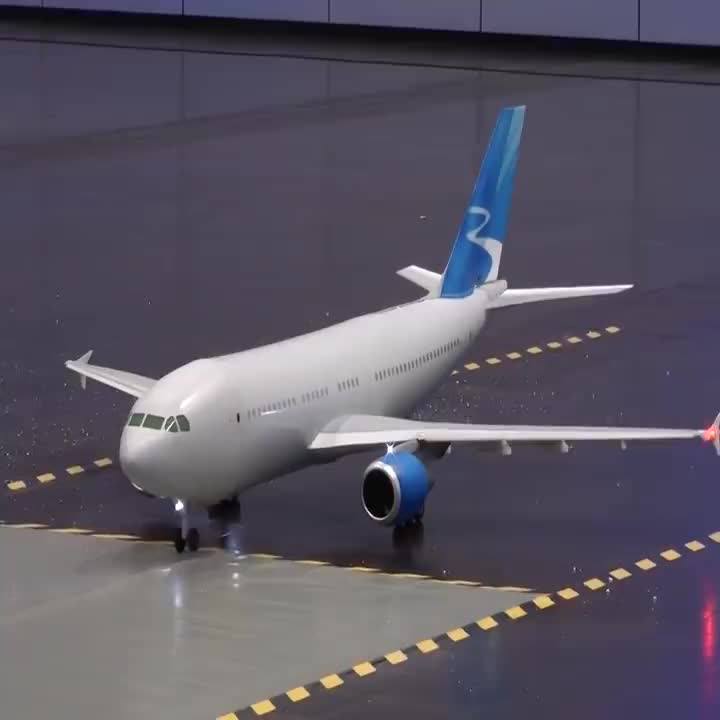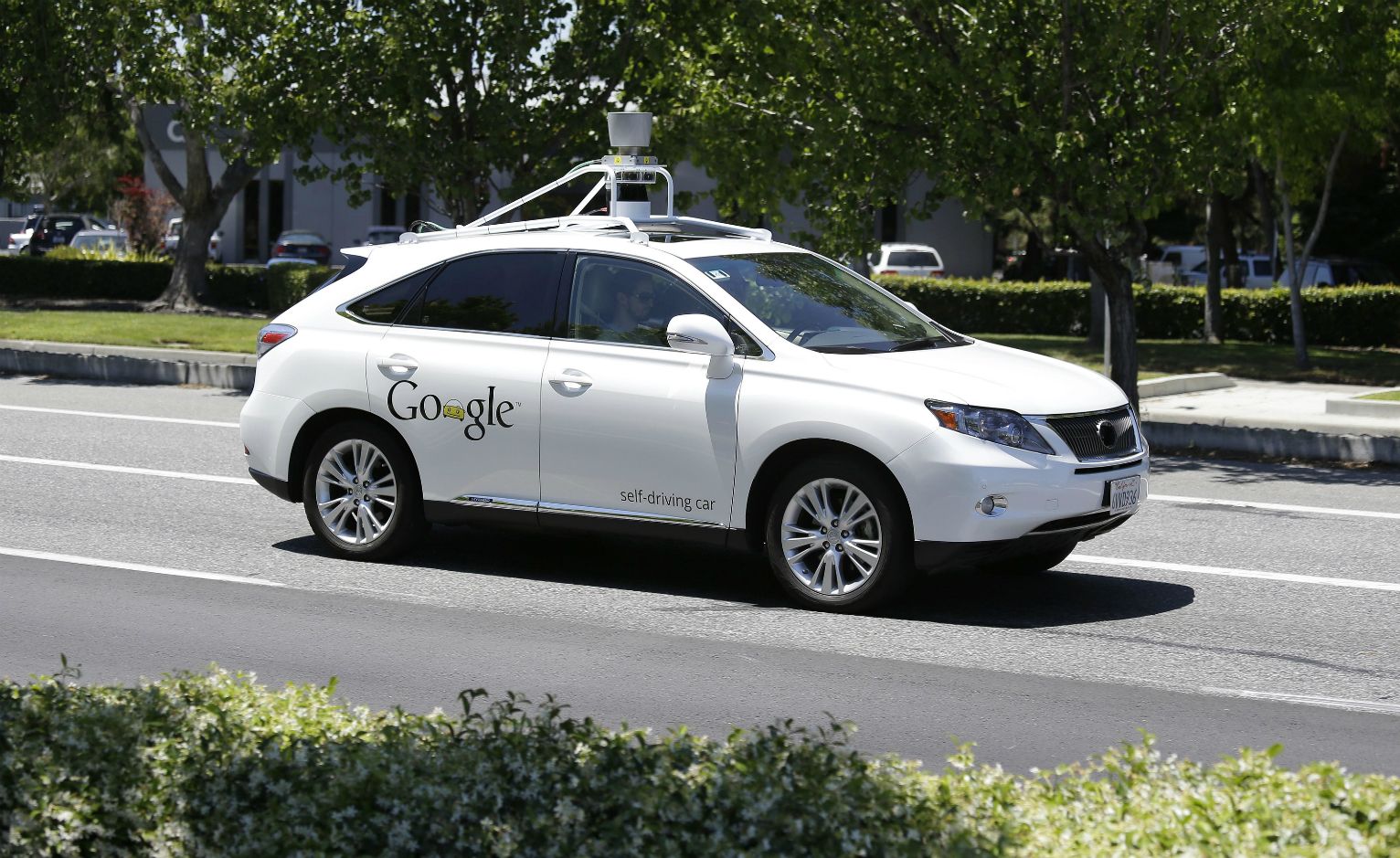Archive for the ‘transportation’ category: Page 588
Jan 14, 2016
Obama to Propose $4 Billion for Self-Driving Cars
Posted by Shailesh Prasad in categories: robotics/AI, transportation
Jan 14, 2016
Scientists use polymer nano-shell treatment to order bones to repair themselves
Posted by Genevieve Klien in categories: biotech/medical, life extension, nanotechnology, transportation
Was hit by a car when I was younger and broke my leg. This would have been better then a metal rod. Fascinating.
A team of researchers from the University of Michigan has developed a new technique to aid bone repair, using polymer nano-shells to deliver microRNA molecules. The method could one day have a big impact on regenerative medicine, directing cells already present at injury sites to aid healing.
The new study builds on previous research conducted back in 2011, where nanofiber microspheres were used to carry cells to injury sites to help the wounding process. The new work uses the same idea, but rather than transporting foreign cells, focuses on making better use of the cells already at the wound site.
Continue reading “Scientists use polymer nano-shell treatment to order bones to repair themselves” »
Jan 13, 2016
The US wants self-driving cars, and fast
Posted by Shailesh Prasad in categories: robotics/AI, transportation
Just a day after a technology-heavy State of the Union comes news that the White House isn’t done pushing us into the future. Reuters believes that Transportation Secretary Anthony Foxx will head to Detroit tomorrow to talk about the administration’s efforts to accelerate the development of self-driving cars. It’s said that Google, which has been spearheading the project to build an autonomous vehicle, will also be in attendance at the event. The newswire mentions Mark Rosekind, head of the nation’s traffic safety bureau, who has asked for a “nimble, flexible” approach to writing new traffic regulations. Details are still thin on the ground, but it looks as if Obama’s “spirit of innovation” is alive and well.
[Image Credit: Kiyoshi Ota/Bloomberg/Getty]
Jan 13, 2016
Tesla Car Can Be Summoned And Park Itself
Posted by Shailesh Prasad in categories: robotics/AI, transportation

Solution to save lives in a plane crash.
This interesting concept could save thousands of lives from plane crashes.
Jan 13, 2016
Architecture’s Biggest Prize Was Just Awarded to Someone You’ve Probably Never Heard Of — By Paul Goldberger | Vanity Fair
Posted by Odette Bohr Dienel in categories: architecture, human trajectories, transportation
“While Aravena, who is from Chile, is relatively unknown in the United States (although he taught for five years at Harvard and served for a period on the Pritzker jury), for at least the last decade he has been establishing himself on the international architecture scene as a serious and unusual practitioner who straddles, subtly but brilliantly, the worlds of formal high design and social responsibility. He has plenty of credibility as a serious designer—he was recently named curator of the 2016 Venice Architecture Biennale—but his own mode of architectural practice is what sets him apart. Aravena runs Elemental, which bills itself as a “do tank”—not a think tank—and which creates “projects of public interest and social impact, including housing, public space, infrastructure and transportation.””
Tag: infrastructure
Jan 12, 2016
Cyber Threats 2016: Killer Robots, US Presidential Race, Critical Infrastructure, Mobile Payments And More
Posted by Karen Hurst in categories: cybercrime/malcode, energy, internet, quantum physics, robotics/AI, transportation
As I have mentioned in some of my other reports and writings; infrastructure (power grids, transportation, social services, etc.) is a key area that we need to modernize and get funding soon in place given the changes that are coming. As Russia’s own power stations were hacked; it will not be anything to when the more sophisticated releases of the Quantum Internet and Platforms are finally releasing to the main stream. Someone last week asked me what kept me up at night worrying; I told them our infrastructure and we have not been planning or modernizing it to handle the changes that are coming in the next 5 years much less the next 7 years.
With cyberattacks gaining in sophistication and volume, we can expect to see a range of new targets in the year ahead.

















